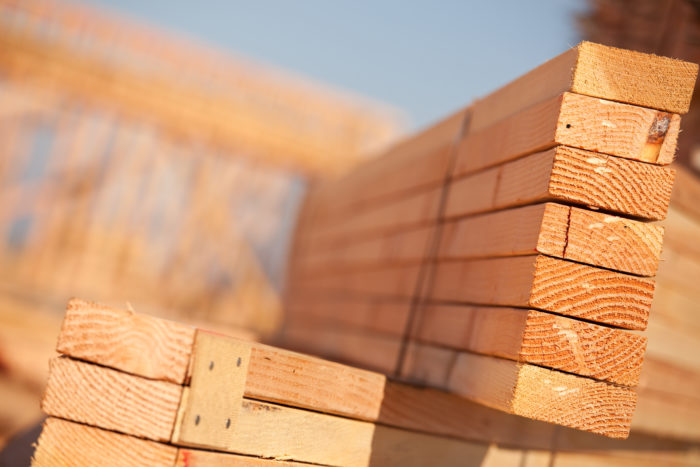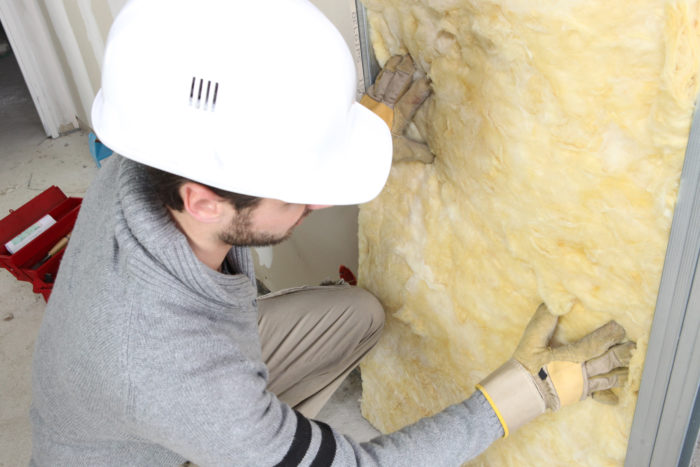As technology advances and awareness of our threats to the environment increases, environmental issues will become more prominent in all aspects of life. Even city dwellers are recognising the consequences of having a lifestyle that negatively affects the environment—people have increasingly became conscious about the impact of our food, transport, clothing, household and body product purchases.
When it comes to building a house, the idea of green has also become important. Sustainability, maintaining a harmonious relationship with the Earth, and efficiency are all aspects of green living. These concepts can be incorporated into the design of a home.
Designing a new home to be sustainable is an excellent opportunity to kickstart a green lifestyle once you move in. Here are 6 things to consider when designing a house so that it is eco-friendly.
Choose the right building materials
To make an eco-friendly home, you need to start from the building blocks. Opt for materials that have a relatively low environmental impact. Grown materials such as wood, bamboo, and cork are great as they are renewable and require little processing.
Wood, although traditional, continues to be popular due to its diversity and flexibility. Compared to other traditional building materials, renewable ones are much greener. For example, concrete, aluminium, and steel create large irreversible environmental impacts—think about all the damage done by mining and processing. However, these materials still have their advantages; a concrete home, when orientated correctly, can absorb and retain heat as part of what is called passive solar.
There are numerous other ways to build a house. Reclaimed lumber, recycled material, straw, compacted earth, and hemp are just a few of the possibilities. Make sure to explore all possible avenues when choosing building materials.

Energy and water sourcing
As fossil fuel sources edge closer to their production limit and prices continue to rise, home designers need to turn their attention to other sources of energy. Renewable energy’s importance is growing and will continue to do so in the future. Solar, wind, and geothermal energy are viable forms of renewable energy sources to power your home.
Additionally, using the sun and wind in passive ways are fantastic heating and cooling mechanisms. Combined with the right building materials and insulation, you can maintain adequate temperature levels easily without expending huge amounts of energy.
For water, there are numerous ways to reduce consumption. Harvesting rainwater as well as recycling grey and black water are things you should consider when deciding on your water source. Also, using the latest technologies such as efficient showerheads and high performance toilets to optimise water usage as much as possible.
Control the heat
Proper insulation is crucial when designing an eco-friendly home. You might have invested the time and effort to fit in an extremely efficient heating system, but if that heat easily escapes your house, it will all have gone to waste.
Minimise heat loss by having the right windows, walls, and doors fitted. For example, double-glazing and proper seals are very beneficial in that they prevent heat loss.
Better yet, use materials that have natural insulating properties. Cork is fantastic for flooring; it is able to retain heat efficiently as well as provide circulation to keep cool in the summer.

Home layout
The layout of your home plays an important role in minimising its environmental impact. In order for passive solar heating to work, light needs to be able to enter your home. By placing large windows on the south side, sunlight can enter and warm up the floor. Skylights and sunshades are other eco-friendly heating and cooling tools you can use.
You will also need to strategically place windows throughout your home so that ventilation is possible. The wind should be able to travel along the length of your house so that old, stuffy air can be pushed out.
An open layout may reduce construction costs and increase the amount of light and ventilation. However, with a central heating system, larger rooms require more radiators or a higher capacity heat source. As such, you must try to achieve a balance with the layout of your house.
Stay small
While most people dream of a large home with enough space to call their own, this is not necessarily the most eco-friendly lifestyle. Part of the ethos of green living is not living in excess by taking only as much as you need. The same goes for your home—build a house that is just big enough.
A smaller house tends to consume less energy. Not to mention the lowered cost of construction. If your home is just the right size for your needs, you will be able to minimise your impact on the Earth. It requires less land, fewer materials, takes less energy to heat and cool, and there’s less space to clean.
In a sustainable home, it is beneficial in the long run to have less. This can also mean reducing the amount of items you have so that you live a much more simple life.
Additional steps
When designing your home to be eco-friendly, there are many aspects often overlooked. One example is the actual construction processes involved with your house. When building a home, it is important to reduce the amount of materials to dispose of, the energy usage, and work done on the land.
A properly designed home will reduce maintenance requirements in the long term. Not only does this mean lowered costs, but also higher sustainability.
Additionally, once your home is ready, don’t ignore the impact of a traditional move in. Your green lifestyle can be extended to moving in—look at reusable moving boxes as well as green movers.
When designing a green home, your sustainable lifestyle should continue even after the house has been completed. You will need to commit to reducing waste and energy usage when living in your new home. Luckily, your house will be designed to make this very easy.